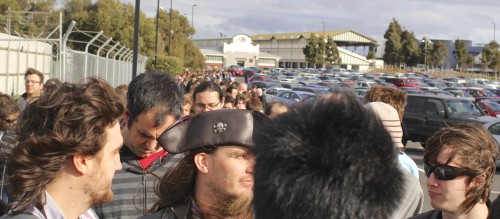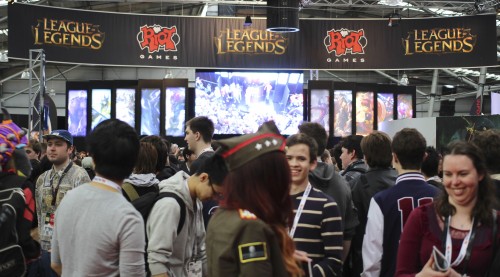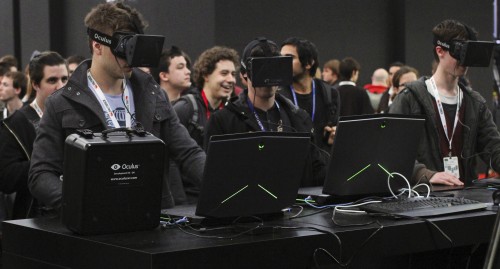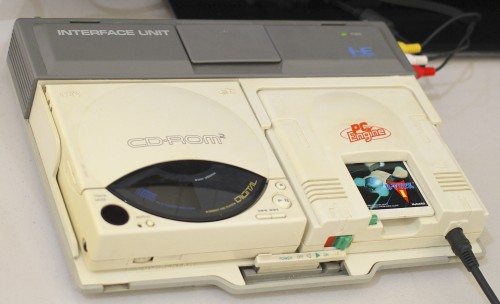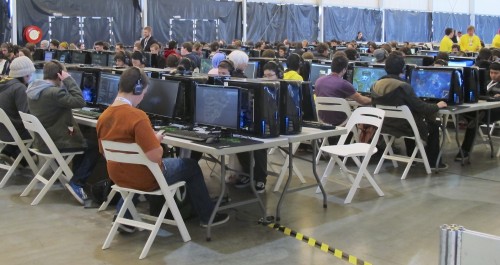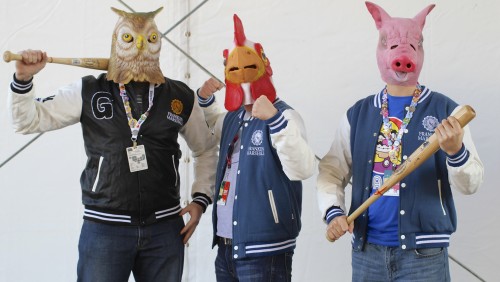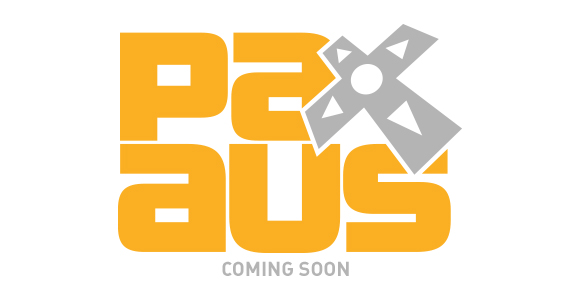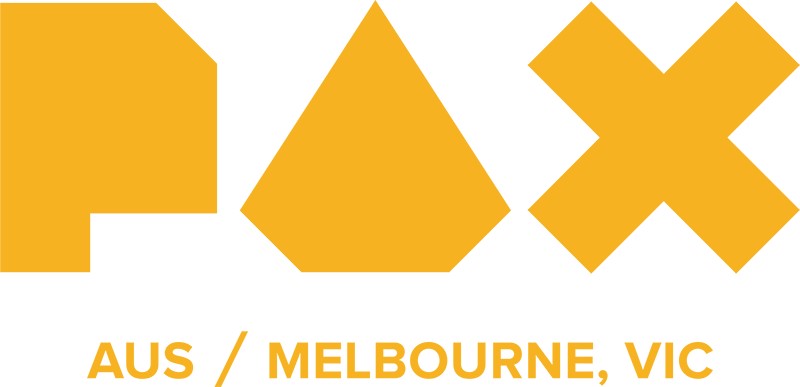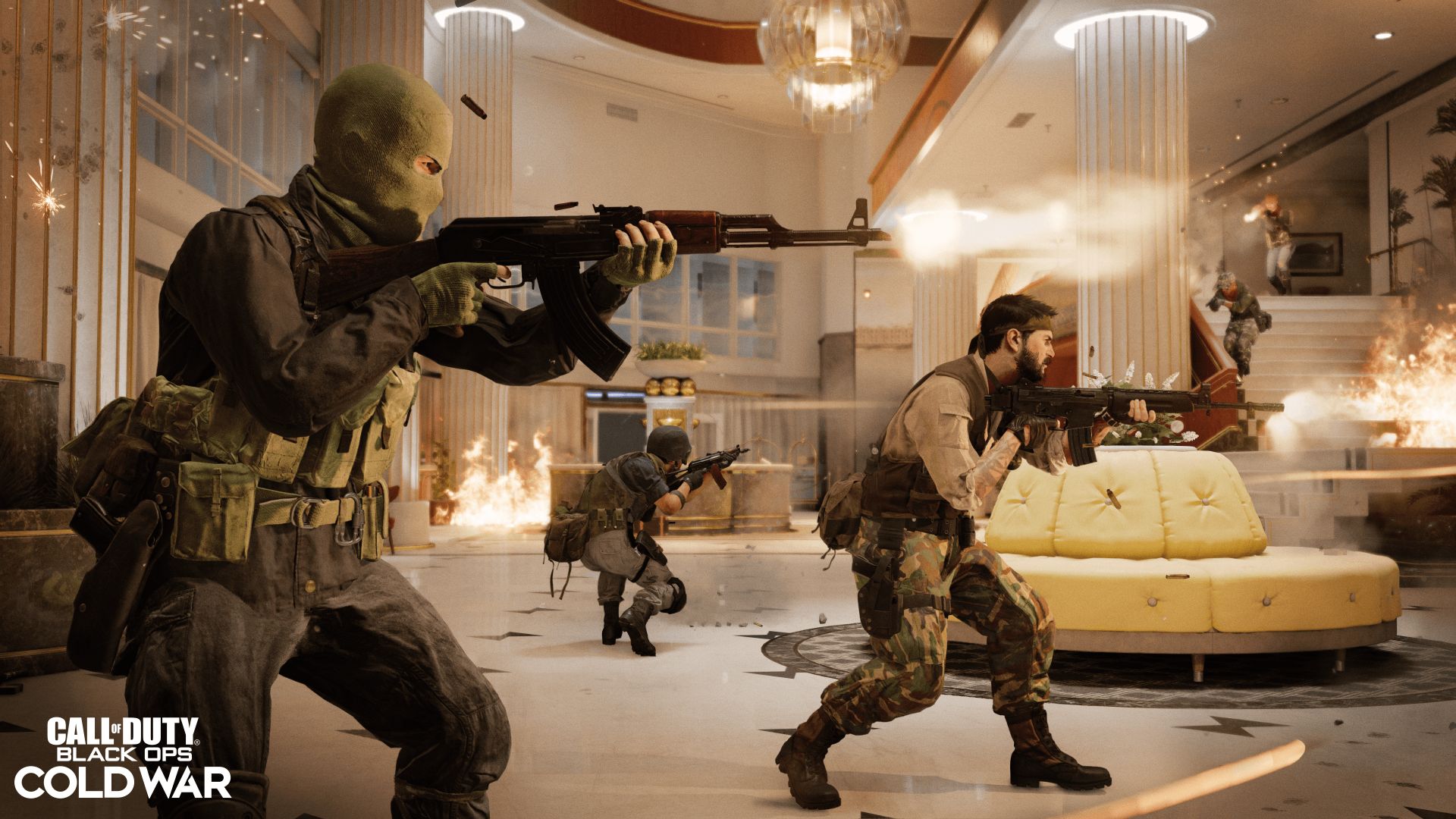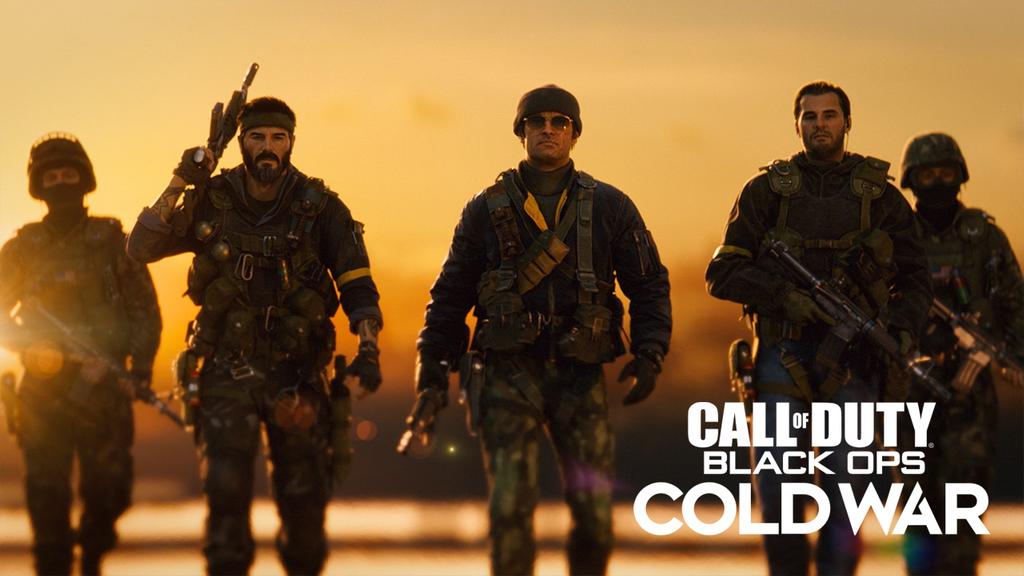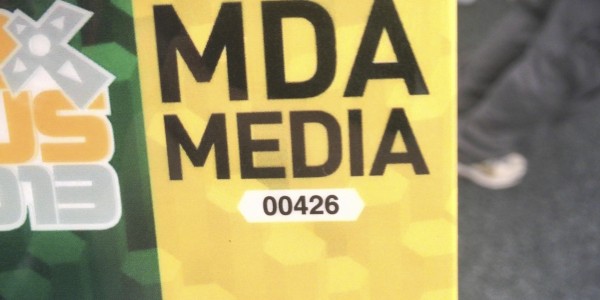
“The difference is that people aren’t trying to sell you anything here.”
So said Benjamin Loomes, the Creative Director of Syrinscape when I spoke to him about how PAX seemed different to other conventions. Something magical happened in Melbourne on that cold, rainy weekend, and it’s something that will be hard for any other convention to live up to.
It didn’t seem like it was going to be that way on the cold but sunny Friday morning when I first arrived at the Showgrounds where PAX was held. Faced with not one, but two lengthy queues for entry, I knew I was going to miss the opportunity to hear Ron Gilbert give the opening speech for the first ever PAX Australia. After finally getting into the queue room (PAX dedicated an entire large building to this, for reasons that became clear as the day wore on), I found myself wondering where to go next.
I’d carefully planned a schedule of panels and events I wanted to see over the weekend. By lunchtime on Friday, I’d missed all of them to that point due to the theatres being full. I even had to queue for half an hour to withdraw from an ATM (insert line about knowing to bring cash beforehand here). Queuing became the running theme for the weekend, and while I missed out on Bioware’s panel due to it capping out more than an hour before it started, I did manage to see the XBox One presentation, Tycho and Gabe’s Make A Strip panel, and the Good Game panel.
Other than this, however, I didn’t see any of the panels or talks that I wanted to. I threw my carefully laid-out schedule out the window and instead decided to explore and discover what I could on my own. The great thing about PAX is that there’s always something interesting around the corner, and even after three days I was still finding things I hadn’t noticed before.
Most of the action was divided between the main exhibition hall and the Big Top. The exhibition hall was where all the developers were located, while the Big Top had much more of a community feel to it. In between was the Royal Block, which housed the panels and major events, with their interminable queues, and the media room, which proved to be a great place to get out of the hustle and bustle of the rest of the convention.
Dominating the exhibition hall was Riot’s League of Legends stand, with Wargaming’s World of Tanks stand a close second. At no point during the weekend were either of these stands less than packed with people watching live matches for either game. If you are in any doubt about what the biggest online franchises in the world are right now, you just needed to look here to have it washed away.
Aside from these two games, there were also large stands for Ubisoft and Nintendo, both of whom had upcoming titles to show off. I managed to catch presentations for Watch_Dogs and Rayman Legends, both of which look fantastic. The multiplayer features of Rayman Legends look especially fun.
At the Nintendo booth, I had some hands-on time with Super Mario 3D World, the follow-up to last year’s Super Mario 3D Land on the 3DS. While the Wii U isn’t having the success Nintendo would like it to right now, SM3DW will hopefully change that, with its fun new levels and especially its multiplayer, which should make it a go-to game at social gatherings. Nintendo also had Wind Waker HD on display, and it looks pretty much like a HD version of Wind Waker. There was also a large section of the stand dedicated to the 3DS and various 3DS tournaments.
Elsewhere, the Oculus Rift was on display at a few stands. The promise of virtual reality is something that excites everyone, and the Rift offers the most compelling VR experience ever created. Unfortunately, the stands that had Rifts to try out always had lengthy queues. VR Insanity was by far the most popular, and had, by far, the longest queue.
Another big hit in the expo hall was Johann Sebastian Joust, a game which uses music and the Playstation Move controller to create a sort-of ritualised game of tag. The goal is to touch someone with your Move controller, and the catch is that you must move with the speed of the music. As it speeds up, you need to move faster, and as it slows down, you also need to slow down. Move too fast or too slow, and you’ll fail. All weekend, the space dedicated to this game had a crowd around it, despite there being no visual component (other than the players themselves) whatsoever.
Speaking of non-video games, the Big Top section was partially dedicated to them. PAX AUS dedicated almost half of the space under the Big Top to tabletop games, including wargaming, roleplaying and traditional board games. The whole area was filled the entire weekend, and it showed that PAX is very much about games in general, not just the video games that filled the expo hall.
Aside from these board games, the Big Top was home to a massive and well-curated retro gaming section. Rather than simply breaking out some NESes, SNESes, Megadrives and Playstations, the focus was on lesser-known but well-remembered systems. Right as I walked in, I saw something I never thought I’d see: A PC Engine with attached CDROM unit. I spent much time trying to remember the first level of R-Type on this thing. If that wasn’t enough, the other end of the section featured a Neo Geo AES system, and I got to experience the classic King of Fighters 98 on actual hardware for the first time. The system’s massive arcade-stick controllers remain as usable and reliable today as they were in 1990.
Other highlights of the retro area included a Saturn running the Saturn versions of DoDonPachi and Bomberman, an Atari Jaguar running the original Rayman (which looks really, really good), an Amiga CD32 (!) and an Amiga 500, an Amstrad CPC464 and Commodore 64, and even a Coleco Vision. Overall, I felt this was by far the best part of PAX AUS, and it was brilliant to see fathers bringing their kids to this area and showing them the games they’d grown up on. It was always packed with people, and provided a really good space to experience some legendary video games.
Across from the retro area was an area set up by the guys from Shadowlogic to focus on fighting games. They ran some mini-tournaments and offered people a chance to play some of the great current fighting games, including Injustice, Super Streetfighter IV andUltimate Marvel vs Capcom 3. Shadowlogic itself is rapidly becoming a focal point for fighting games in Melbourne, and PAX AUS was a great way for them to promote their upcoming Shadowloo Showdown tournament.
There was also a free-play area where you could borrow a game, set yourself up on an unoccupied console and play to your heart’s content. Being able to sit down and play something for a while proved to be a great way to relax for most PAX attendees, especially when the beanbags in the handheld area opposite were all in use. The Big Top was also the home of the PAX food court, which supplied food and (most importantly) caffeine to attendees.
The final major building in use at PAX was setup as the PC area. This featured a competitive LAN area that held tournaments across the weekend, as well as a Bring Your Own PC area that allowed you to bring your PC from home and set it up to compete across the weekend. For me, this area also proved to be home of the best coffee and muffins at PAX, and I spent a reasonable amount of time up there.
While I missed out on most of the big panels, I did manage to queue for two hours in order to see the Good Game panel. After a shaky start, Good Game has evolved into a really great TV show about video games, and it’s pretty much compulsory viewing in our household. Live, Bajo, Hex, Goose and Dave Callan were joined by the show’s executive producer Janet Carr. The session was a Q&A session, and the crew answered some really interesting questions, both about the show and gaming in general. I had a chance to briefly chat with both Bajo and Dave Callan after the panel, and I can say that they’re both exactly as you’d think they’d be if you watch the show.
The other panel I caught was Tycho and Gabe’s Make A Strip panel. I figured that I had to, at some point, see the two men responsible for my favourite webcomic live, and fortunately this was one of the few panels that didn’t require a long wait in a queue to get into. In front of a packed Main Theatre, the pair created their comic. Seeing them work together and talk on-stage confirmed once and for all that the Gabe and Tycho of the comic are the Mike and Jerry that created them. The resulting comic (which is yet to appear on Penny Arcade at the time of writing) involves a dropbear attack, and the transfer of ownership of a certain infamous piece of PA lore. While Gabe drew, Tycho took questions (and suggestions for the comic) from the crowd, handling the sometimes meandering audience members with aplomb. Gabe’s drawings were shown onscreen as he worked, and it was amazing to see him work. Penny Arcade is well known not just for its great art, but how that art has involved over the years (the first comic doesn’t even look like it was drawn by the same guy, really), and seeing a comic come together live offered a unique insight to the creative process behind PA, as well as a look at just how quickly Gabe works. In two hours the comic was completed and ready to be uploaded.
Despite the best efforts of the weather (Melbourne turned on its coldest weekend in more than a decade), PAX Australia was a huge success. I don’t like using the phrase, but it’s difficult not to characterise PAX as “by gamers, for gamers”. The organisers, both at Penny Arcade and here in Australia, are all huge gamers, and they wanted to include everyone who plays games— video, board, or otherwise— in this convention. The gaming community responded exactly as it should— by turning out in huge numbers across the three days, and all this helped make the event by far the best of its kind in Melbourne.
About the only problem I had with PAX Australia was the notable lack of any significant presence from Sony. While Microsoft were willing to put the only XBox One in Australia on show, and Nintendo had hands-on demos of upcoming games, Sony didn’t even have a booth in the expo hall. Given the opportunity to show off their upcoming hardware at an event aimed very much at their core audience, it seems odd that they would pass on it.
Oh well, it’s their loss, really. PAX Australia was a brilliant experience, and one I highly recommend making an effort to return to next year.

